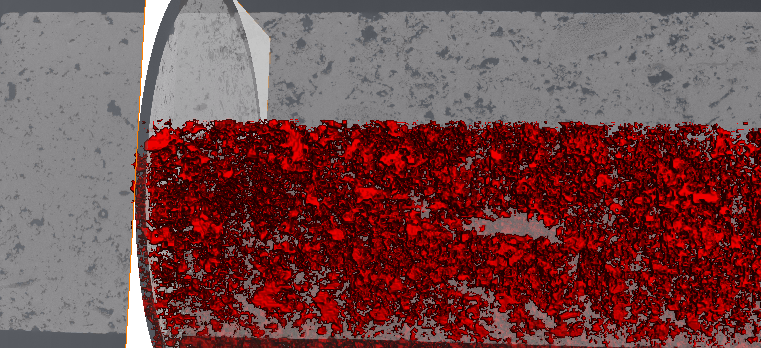Segmentation tools and workflows in PerGeos
Imagery produced from FIBSEMs (Dualbeams) provides users with unique data in terms of resolution and sample size that are not available with other techniques. Despite the power of this analytical approach, some limitations in quantifying the textural data restrict the accuracy of data obtained from FIBSEM images.

Segmentation typically consists of a complex workflow involving multiple algorithms at multiple steps. Smart denoising and morphological filters are often included in the segmentation process. Thus, a robust library of versatile, fast and parallelized algorithms with low memory consumption, is mandatory.
At a high level, being able to use proven workflows, and save / re-use custom ones is key to develop a viable and sustainable Digital Rock platform. PerGeos offers both, by using its in-house image processing library-developed since the 90’s and constantly being enhanced- and through workflow automation, where a user can add breakpoints and comments in order to provide multiple levels of interaction with the segmentation workflow, generating processes that are easily shared between users and provide a guided user experience for image processing.